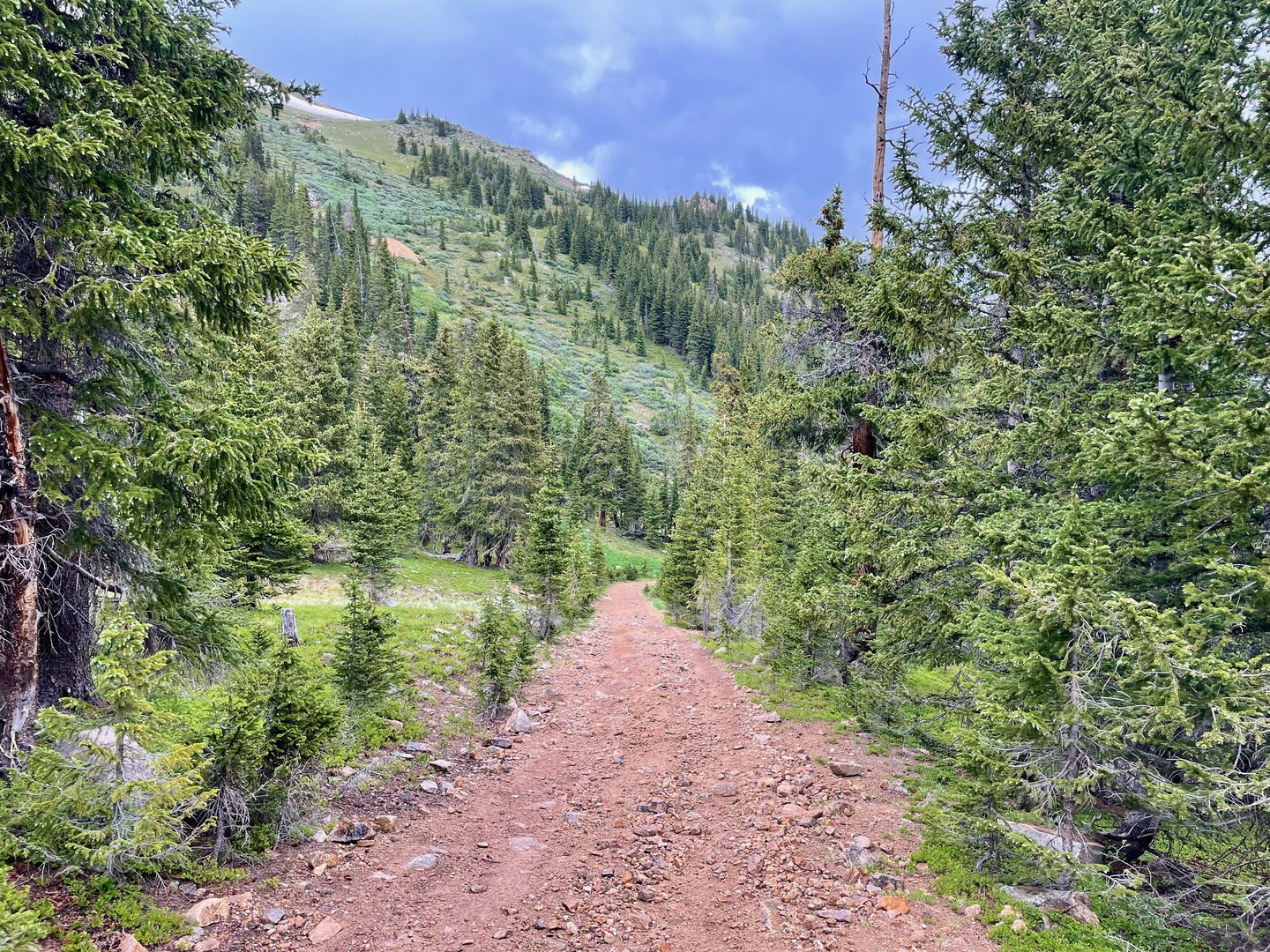You are here
The Continental Divide National Scenic Trail spans nearly 3,100 miles across 5 states from Mexico to Canada, exploring a vast array of different environments and landscapes along the way. The CDT can be completed as a single thru-hike that will take 4 to 6 months, or by section-hiking smaller segments. The Colorado portion of the CDT features 800 miles of stunning and challenging high altitude hiking. Highlights include the South San Juans, Collegiate Peaks, 14,270 foot Grays Peak, Rocky Mountain National Park, and the Mount Zirkel Wilderness. In this guide we’ll take a closer look at Colorado Section 29.
Colorado Section 29 begins near Georgia Pass, where it finally splits off from the Colorado Trail after having shared trail with it for the last couple hundred miles. You’ll turn left onto the road (there is no CDT marker) and follow it for a short distance before veering to the right and over a wooden fence. The CDT then travels straight up the mountainside via a very faint old rocky road. The immediate difference from the nicely maintained Colorado Trail is shocking!
Once atop the first small summit the trail continues to stay on the ridge, for essentially the reminder of Section 29. The hiking here is amazing, with stunning views in all directions. The trail fades in and out. You’ll often find yourself just traveling the ridge with no trail.
You’ll pass Glacier Peak and Whale Peak. Then the trail descends to some 4x4 roads and follows them for a while. Expect to see some OHV traffic up here. The trail then veers to the right on a very faint track. The views just keep getting better as you continue! This area is also home to a large population of Mountain Goats, you’ll likely run into many.
The trail then descends to Webster Pass (12,103ft) where you’ll have great views of colorful Red Cone. A big climb then awaits, followed by an awesome ridge walk where you can tag a few 13ers. The hiking is exposed and challenging, but very rewarding. One of the best parts of the trail is just after Geneva Peak, where the ridge turns into a bit of a knife edge. The trail skirts to the left and avoids anything too sketchy.
Next is a steep descent, followed by a steep climb straight up the side of Sullivan Mountain. More ups and downs follow, but then you’ll join a road that skirts around Santa Fe Peak. After this you’ll need to decide if you want to take the Argentine Spine Alternate that stays high on the ridge, or follow the official CDT down to the Peru Creek Valley.
If following the official CDT you’ll continue to descend on the 4x4 road. Then the trail reaches a sketchy and dangerous traverse. There is no trail down this slope, you need to find a route yourself. Cornices make getting down the first part of the traverse difficult during early summer. Once you’ve found a way around the cornices slowly work your way down the steep slope toward the road at the bottom. Take your time and always look ahead to make sure you won’t get cliffed out.
Once down, follow the 4x4 road. The road eventually connects with CO RD 260. Turn right and follow this road as it parallels Peru Creek. This is a popular area with lots of car campers. You’ll reach the Argentine Pass Trailhead which marks the end of Section 29.
Logistics + Planning
Current Weather: Powered by Dark Sky





























Comments
Sign In and share them.